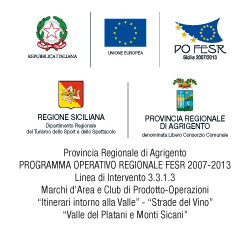> City
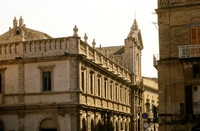
Licata
On the east coast of Agrigento about 45 km you get to Licata, commercial port of major importance, and an ideal destination for those in search of clean sea, beautiful scenery, art, history, fragrances and Mediterranean flavors.Land of ancient civilization, the evolution plurimillennial documented by archaeological findings related to an extended period of time that comes from the Paleolithic to the Hellenistic-Roman period.The favorable geographical location and proximity to the sea and approached several people interested, since the days more 'remote.Several theories on the origin...
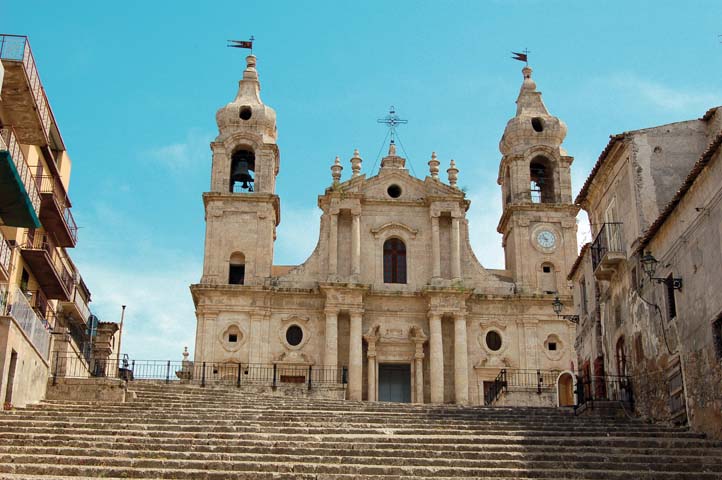
Palma di Montechiaro
To the east of Agrigento, along the coast, a distance of just 25 km separates the capital from Palma Montechiaro. "City of the Leopard", as is universally known by the title of the famous novel by Giuseppe Tomasi di Lampedusa and subsequent film adaptation of Luchino Visconti.
Of remote origins, his past plurimillennial emerges from the discovery of archaeological finds that report to the second millennium BC and by the presence of a large number of graves sicane (1240 BC). In the territory it is also found traces of settlements rhodium-Cretan twelfth sec.aC 1350, year of foundation...
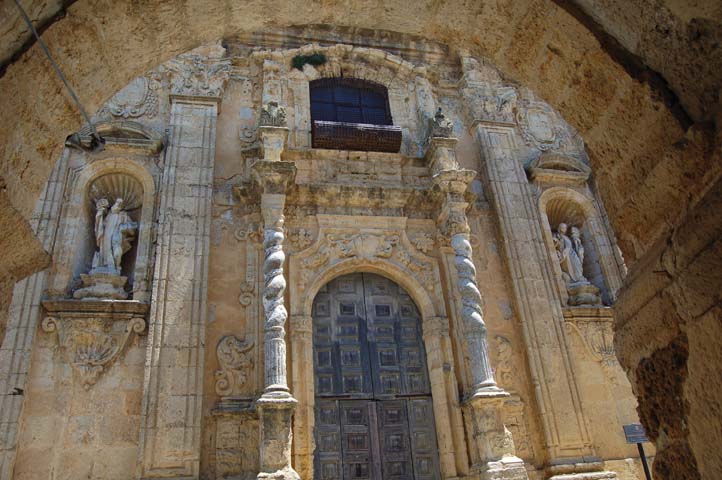
Naro
In the eastern part of the territory of Agrigento, 25 km from the capital is Naro, a city that has had great boost with the Baroque architectural and artistic testimonies that today in the city rank among the most interesting Baroque cities of the island.It has a rich and multifaceted sediment archaeological, architectural and artistic that tells of a distant past and prestigious. For the location and the fertility of its vast territory since ancient times, Naro attracted the interest of many nations. Of prehistoric origin, the remains of a Greek necropolis and paleo-Christian...
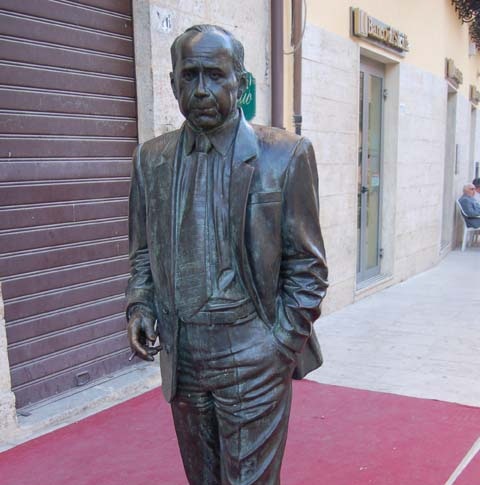
Racalmuto
From the Arabic "al-mudd Rahl," meaning house of Moggio, it clearly states the origin, but the country had great importance in the medieval period, in fact the Chiaramonte raised there a big castle / fortress that dominated the entire valley (see sect. Castles). Racalmuto, the "country of reason" gave birth to the writer Leonardo Sciascia and now a bronze statue in real proportions was located along the main street. The writer has maintained a strong relationship with its origins: here we find the country house of the family, in the district of Walnut, and the cemetery is the...
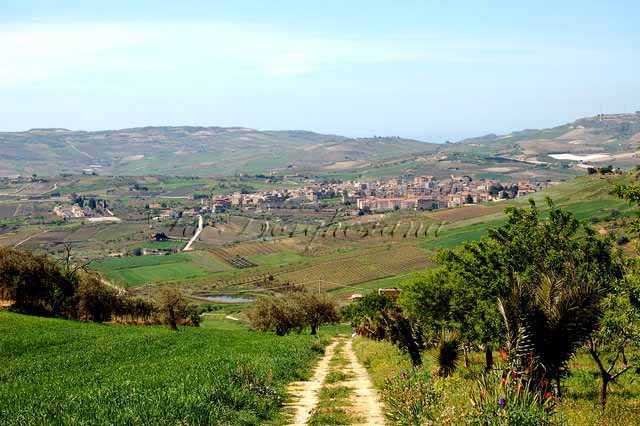
Camastra
The City of Camastra has just over two thousand inhabitants, is located 20 km from the Valley of the Temples in Agrigento, its territory is bordered to the north by the baroque city Naro and south by the land of the Leopard, Palma di Montechiaro.Camastra, once called "Ramolia," was founded in 1620 by Count Lucchesi Palli.At first it was a tenement farmhouse used as a shelter by outlaws in the area. Nineteenth onwards, with the gradual increase of the settlement he went turning into a real country. The coat of arms of the country contains the reasons that make his historical e...
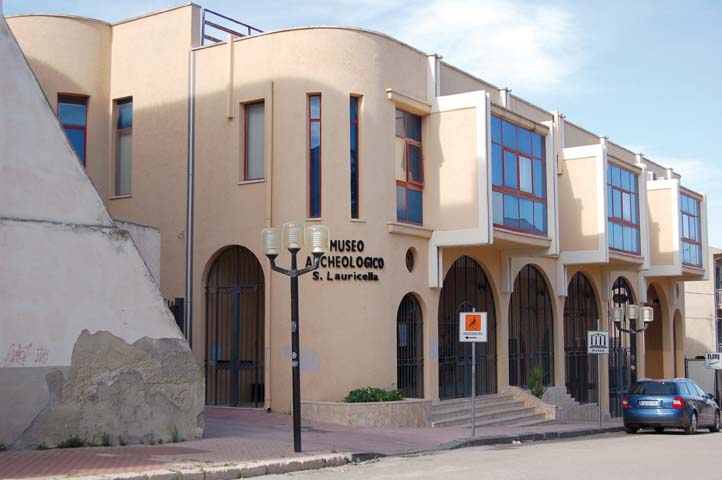
Ravanusa
Ravanusa has a history of three millennia, its origins date back to the protohistoric period as evidenced by the grottos in the area of Bifara, Grada, Fiumarella and Monte Saraceno. They are small rooms carved into the rock with a few square meters in extent, resemble small houses of men unpretentious and are located in all around the country. Recent excavations on Mount Saraceno, highlight the existence of a city of the Greek era, probably the ancient Kakiron, dating from the seventh century. Accome evidenced by the findings of coins, vases and figurines.The Gree...
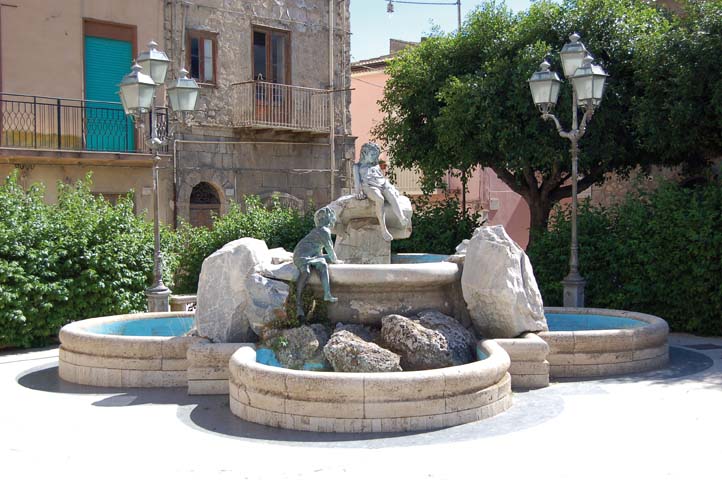
Campobello di Licata
Campobello di Licata was founded as a feudal town in 1681 by Raimondo Ramondetta Barone di Campobello, who paid two hundred ounces to buy, by Charles IV of Austria and II of Spain, the right to populate his fief. The Founder Baron titled "Mero and Imperio misto" expressionque we find obscure, but that is believed to surround the exercise of all powers, political, administrative, financial, military and judiciary.
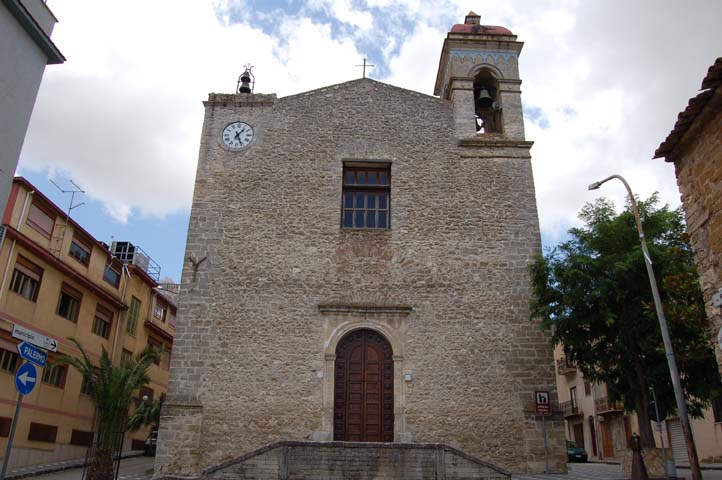
Lucca Sicula
A 66 km from Agrigento, 513 meters above sea level, on the slopes of the Serra de Blonde, in the lower valley of the river Sosio vegetables, is Lucca Sicula. The small center was founded in 1622 by the family of Lucca, on the lands of the feud Cradle, their property, and this took the name of Lucca. The town developed on the road that led from the valley towards the Sicani Mountains. Monuments to visit The monuments that can be admired in the old town are: the Mother Church, in the main square, seventeenth-century building, dedicated to the Immaculate Concepti...

